The rear fork of the bicycle front derailleur does play an important role in protecting the chain and derailleur in terms of design and function. The rear fork of the bicycle front derailleur is usually made of high-strength and wear-resistant materials, such as aluminum alloy or steel. These materials have good impact resistance and durability, and can effectively resist various impacts and loads that may be encountered during riding. The structural design of the rear fork is often compact and sturdy, which can closely fit the movement trajectory of the chain and derailleur, reduce friction and collision caused by looseness or deformation, and thus protect the normal operation of the chain and derailleur.
In the speed change system of the bicycle, the front derailleur is not only a bridge connecting the rider's intention with the bicycle power transmission system, but also a key component to ensure smooth and efficient riding. During the speed change process, the front derailleur achieves precise control of the chain movement through a sophisticated mechanical structure and complex transmission logic. This process requires the front derailleur to respond quickly and accurately to the rider's speed change instructions, smoothly transition the chain from the current gear to the target gear, and ensure that the chain always meshes with the correct gear, thereby maintaining the continuity and efficiency of power transmission.
The rear lower fork not only provides the stable support required by the front derailleur, but also effectively prevents the chain from accidentally falling off during the speed change process through its unique guiding function. This dual role of support and guidance is an important guarantee for the front derailleur to successfully complete the speed change task. In a complex and changeable riding environment, the stability of the rear lower fork ensures that the front derailleur can maintain a precise working state under various road conditions, thereby protecting the transmission from possible serious damage caused by the chain falling off.
In addition, the smooth surface and precise size design of the rear lower fork further enhance the performance of the front derailleur. The smooth surface reduces the direct contact area and friction coefficient with the chain, thereby significantly reducing the resistance and wear of the chain during movement. This design not only extends the service life of the chain and the transmission, but also improves the smoothness and response speed of the speed change process, allowing riders to enjoy a smoother and more comfortable riding experience. The precise size design ensures that the gap between the rear chain stay and the chain is just right, so that the chain will not shake due to a large gap, nor will it get stuck or damaged due to a small gap. This design allows the front derailleur to maintain a stable working state under different road conditions and speed change requirements, providing riders with a more reliable and safe riding guarantee.
The rear chain stay of the bicycle front derailleur provides effective protection for the chain and transmission through its high-strength material, compact structure and precise design. It can not only prevent the chain from falling off, reduce friction and wear, but also adapt to the speed change requirements under different road conditions, ensuring the stable operation of the bicycle's speed change system. Therefore, when choosing a bicycle front derailleur, it is very important to pay attention to the quality and performance of its rear chain stay.
Can the rear fork of the bicycle front derailleur effectively protect the chain and derailleur from damage?
Product Consultation
Search
Categories
Recent Posts
If you have any questions, please fill out the contact form at the bottom of the page and contact us.
-
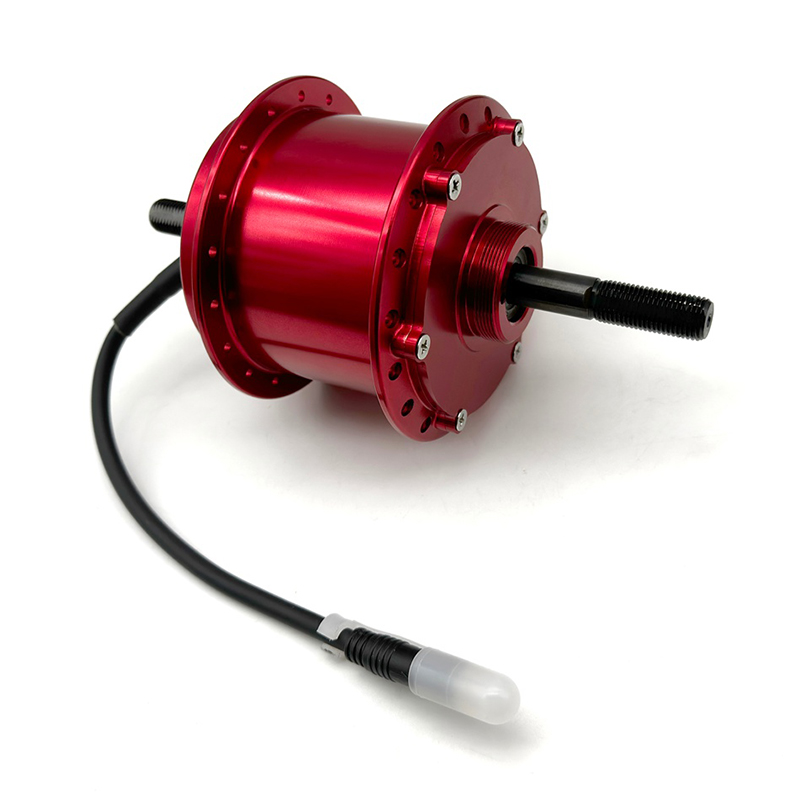 Mini Rear Hub Small Motor
Mini Rear Hub Small Motor
-
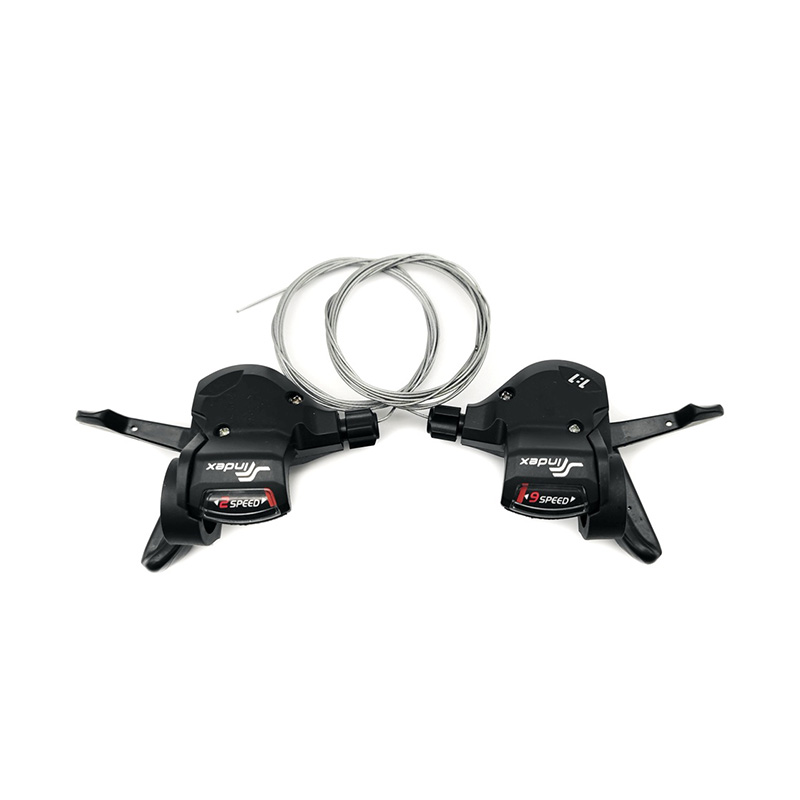 2x9S Bicycle Trigger Shifter
2x9S Bicycle Trigger Shifter
-
 2x8S Bicycle Trigger Shifter
2x8S Bicycle Trigger Shifter
-
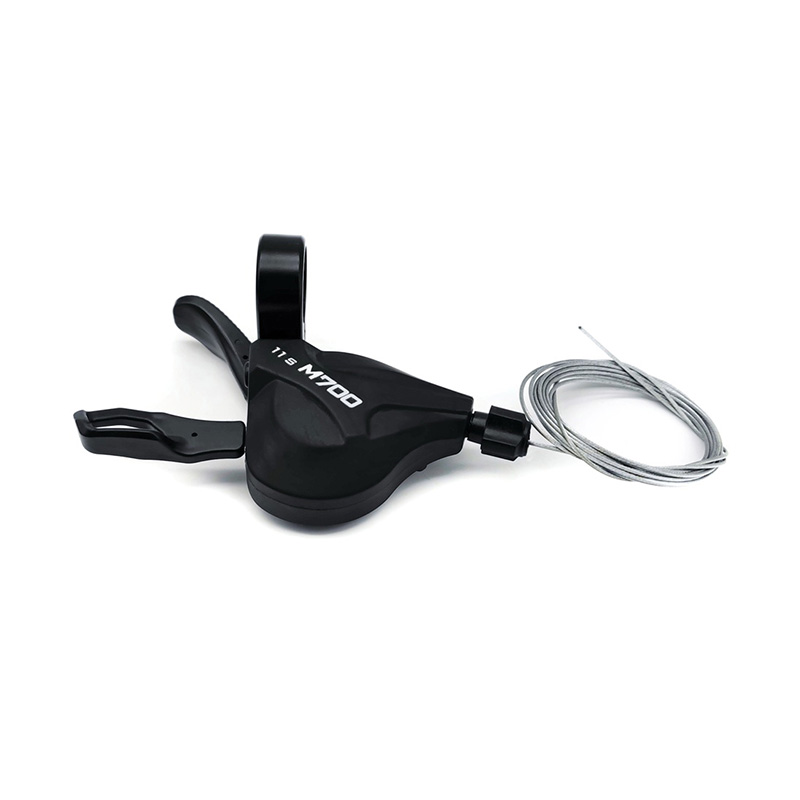 1x11S Bicycle Trigger Shifter
1x11S Bicycle Trigger Shifter
-
 3x8S Bicycle Trigger Shifter With Brake Lever
3x8S Bicycle Trigger Shifter With Brake Lever
-
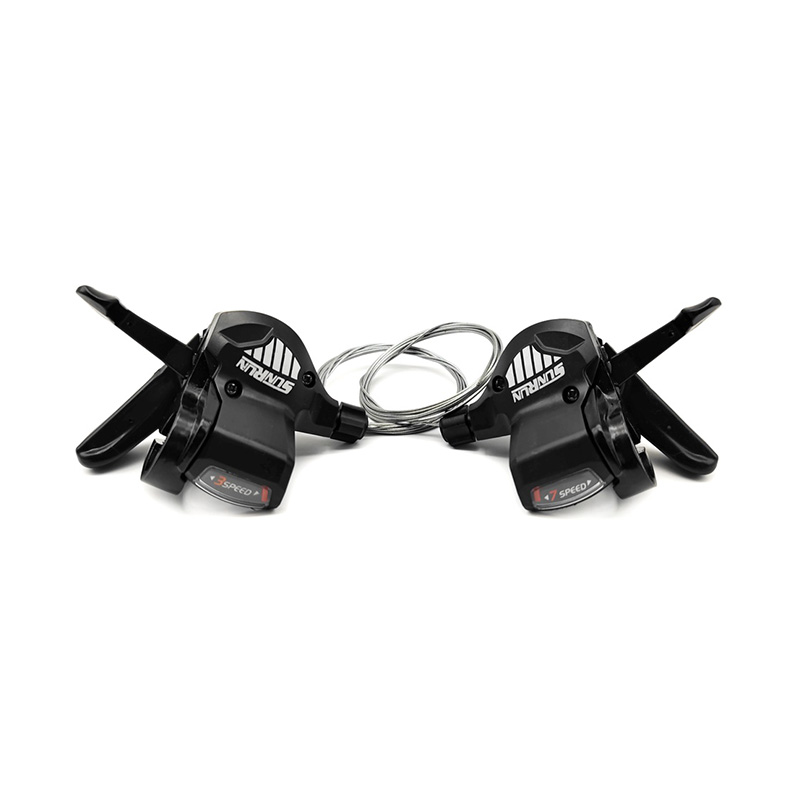 3x7S Bicycle Trigger Shifter
3x7S Bicycle Trigger Shifter
-
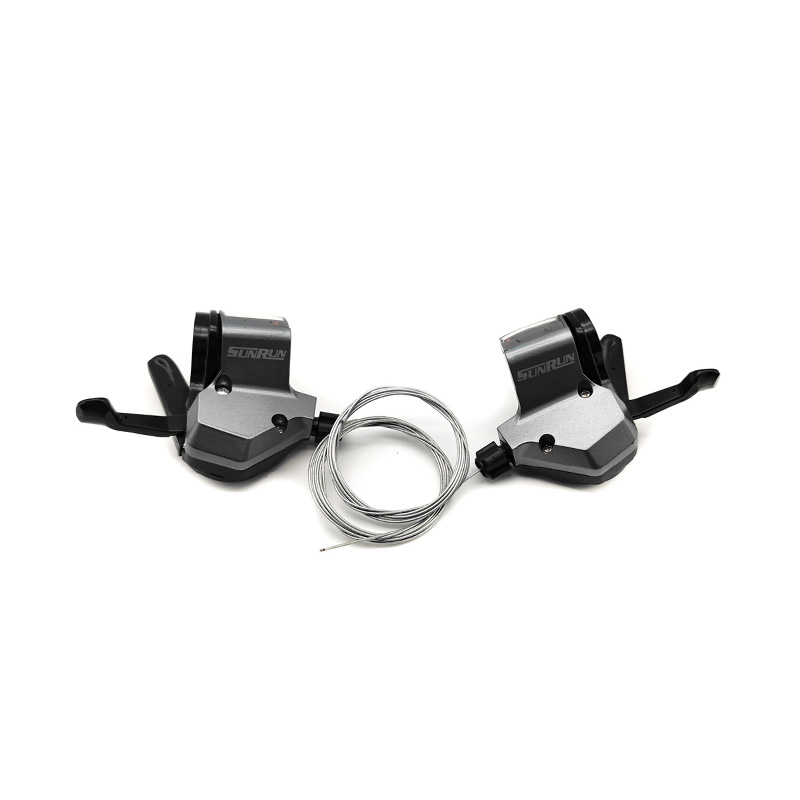 3x9S Bicycle Trigger Shifter
3x9S Bicycle Trigger Shifter
-
 3x7S Bicycle Trigger Shifter
3x7S Bicycle Trigger Shifter
-
 3x7S Bicycle Trigger Shifter With Brake Lever
3x7S Bicycle Trigger Shifter With Brake Lever
-
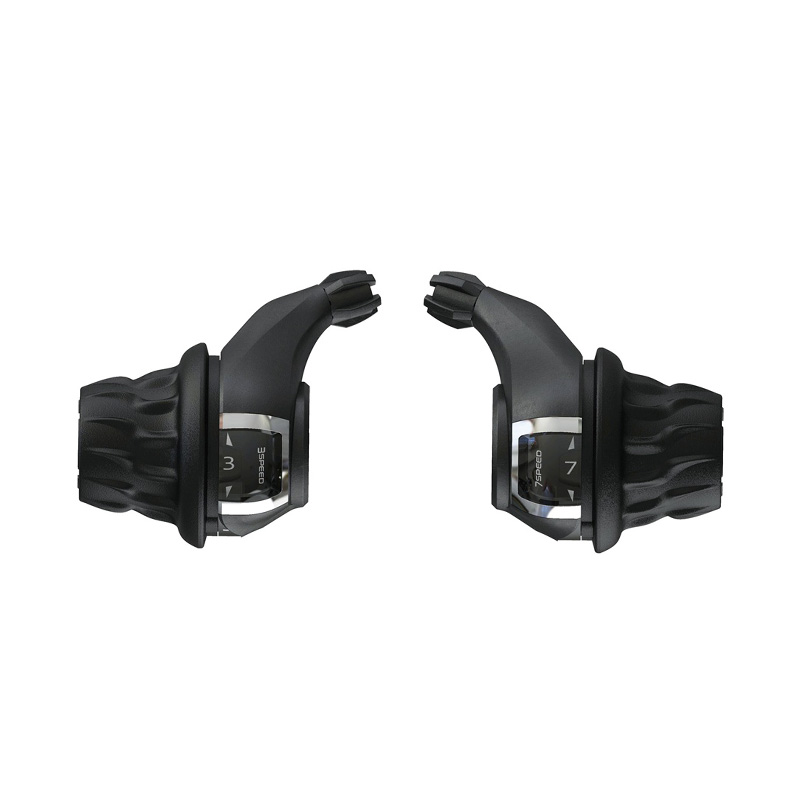 3x7S Bicycle Twist Shifter
3x7S Bicycle Twist Shifter
-
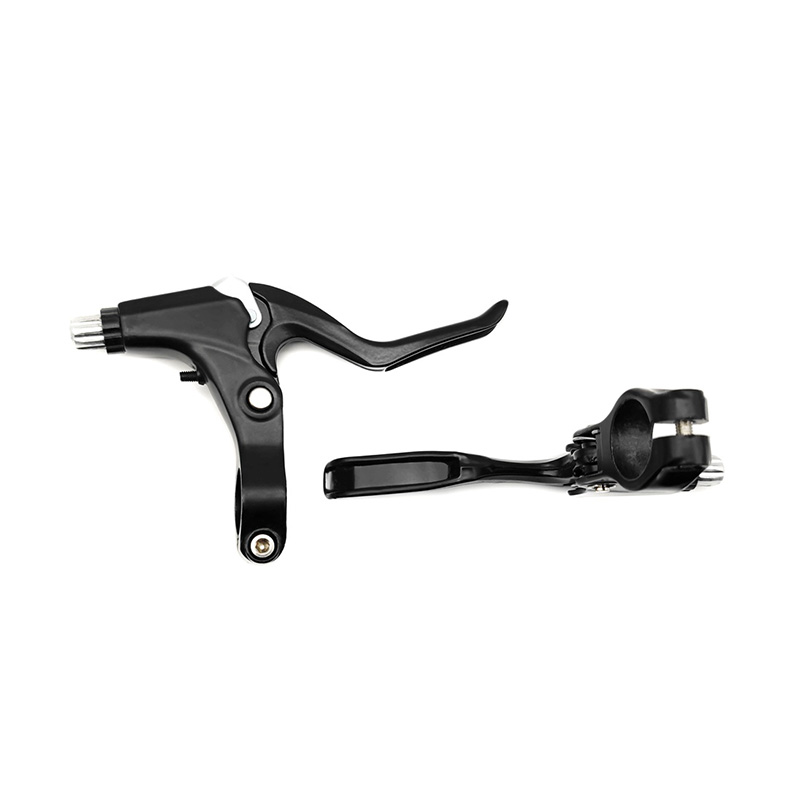 2-3 Fingers Full Alloy Bicyle Brake Lever
2-3 Fingers Full Alloy Bicyle Brake Lever
-
 2-3 Fingers Nylon-Composite with Steel Insertion Bicyle Brake Lever with Alloy Lever
2-3 Fingers Nylon-Composite with Steel Insertion Bicyle Brake Lever with Alloy Lever

 中文简体
中文简体 English
English

